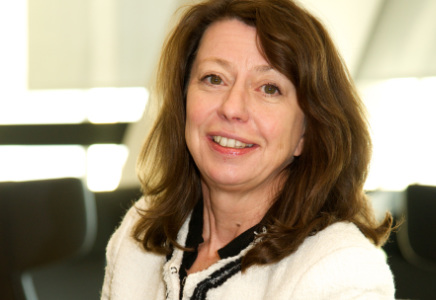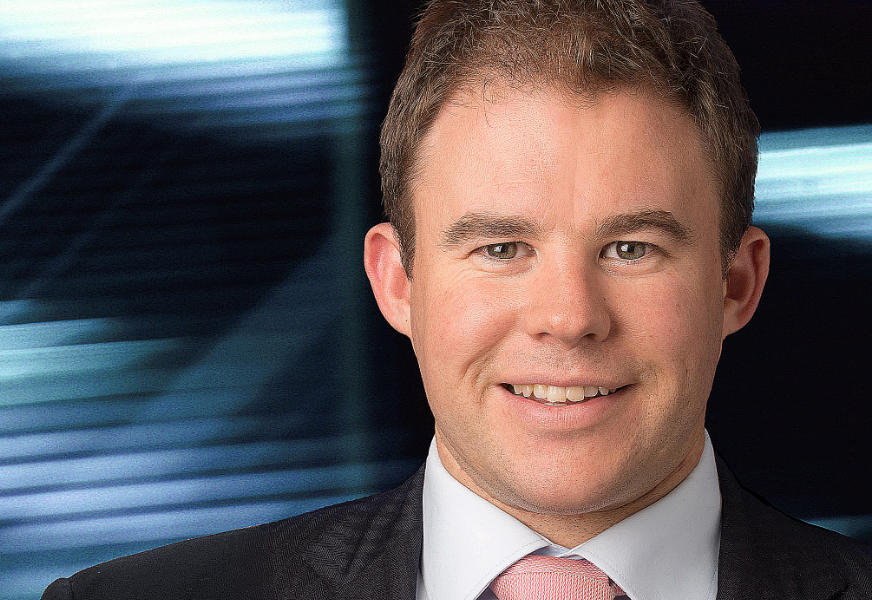Despite notable progress over recent years, female executives remain grossly underrepresented in the C-suite.
According to recent S&P Global Market Intelligence Quantamental Research, the male-to-female ratio of 19:1 for CEOs and 6.5:1 for CFOs, as of year-end 2018. The authors said this exposes a “persisting underrepresentation of females in key executive positions, despite recent advancements.” Also, the noted female CEOs drove more value appreciation and improved stock price momentum for their firms and female CFOs drove more value appreciation, better defended profitability moats, and delivered excess risk-adjusted returns for their firms
How about that?
As part of MarketsMedia’s focus on the importance of female leadership in the capital markets, Traders Magazine’s editor, John D’Antona Jr, recently sat down with Ann Sebert, Chief Executive Officer at Dallas, Texas-based independent broker-dealer CAPIS. Sebert recalled her unique story of how she began her career in the capital markets, rising from the trading desk to operations to eventually the C-Suite at the women-owned agency brokerage.
TRADERS MAGAZINE: How did you get your start in finance or the capital markets?

Ann Sebert: I started out of college with ARCO Oil & Gas, and I moved from the accounting department into the crude oil trading area. Then, I spent a few years at home raising kids, and when I was ready to go back to corporate America, CAPIS was there. I started with the firm in 2002 as assistant to the Chief Financial Officer and just worked my way up. I just kept putting my head down and doing the job that was there, and here I am today.
TM: Were you a finance major in college?
Sebert: Actually, my background is in accounting.
TM: Did you actually trade oil contracts on the desk or was it something a little different?
Sebert: No, I was doing administrative work supporting the traders and the crude oil trades that ARCO was generating. And I scheduled crude oil movements for a while for the firm.
TM: How is it working in what has often been dubbed “a man’s field?”
Sebert: I’ll tell you, I just never really even thought about it. And looking back, it was never a consideration to me. Maybe it’s a factor of my upbringing. I’m child number six – I have four sisters and a brother, and my father just never differentiated between us. Girl or boy, you could do the same thing. I always just wanted to do the best at whatever challenge was presented. One thing, my communication style is very direct, which seems to work well in a man’s world. I’ve always sought out the opportunity and built teams through collaboration, and I’ve never been afraid to step in and make the decision.
TM: Did you have anyone during your work history like a mentor that might have helped you shape your career or your business ethic?
Sebert: There are so many people, from bosses to work colleagues to friends to family, that have influenced me. Very specifically, Tim Hall at CAPIS, the former CFO and President comes to mind. Tim was the one that when I would push back, would really help me through where I should be going with my career. He helped me stretch to get to that ‘next level’ and not box myself into an administrative support role.
Also, David Choate, our COO, was always very helpful too. He has always been very willing to share his knowledge and to teach and help me learn. Very early on, I worked on a project with Dave that I think was somewhat career-defining on what my capabilities were and how persistent and willing I was to work just to get the job done. And I really think it made a huge difference early on.
TM: What was that project?
Sebert: It was his trade execution analysis reports – they are called Ally Reports internally. When I picked it up, they were struggling with managing the data to produce the report, and I happened to have taken a class in Access Database, and that’s what it was in. I was pulling data from Bloomberg to populate in order to get the VWAP and the different metrics that are in the reports and then putting the reports for him to send out to his clients. We still have that product today. The reports have grown and been a great thing among the mutual fund clients he has.
TM: How is it being the CEO of a broker dealer? What unique challenges does it pose for you?
Sebert: It’s nice to step out from that support role, which is where I was my entire career, even when you consider my role as CFO. I’m now in a more visible leadership role.
The challenges feel the same to me. Before I think that I was just in the back, just maybe a person or two back, doing the same work and providing it out to the people that were in front. Now my day-to-day isn’t that much different. I talk to people and help make sure people can get their jobs done, including myself. I’m now getting to do things that I didn’t get to do before. So that’s kind of fun for me.
TM: Do you have a specific vision for CAPIS?
Sebert: I don’t see anything new or different for our vision only because we’ve been there and tried that. It’s a great place to work and we’re great at customer service and providing a unique customer service experience. My goal is to help my people do their jobs, stay happy and help stay challenged. We want to grow the client base from where we are, and if the right acquisition comes along, we certainly would be interested. Also, if there are opportunities where we have expertise, we definitely would look to go there, but right now there are no big plans.
TM: What advice would you give to a young woman looking to enter the capital markets?
Sebert: My advice to any young person, regardless of gender or race, is don’t take the business personally. Not to use the cliché’, but ‘it’s just business.’ I think so often that’s where people fall down – they get caught up in the personal side of it. I’d also add that one should always look for opportunities to learn and take on that responsibility. Don’t let the opinions of other people hold you back. You might have to listen to them but make your own decisions. And of course, communication is key in any job you’re in.



























